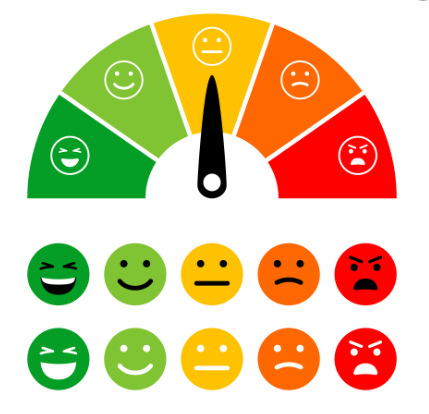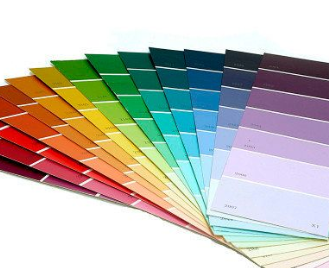Daily Greetings and Check-Ins (High School)
How are students greeted in your class each day?
Your first interaction with your students is your chance to gauge mood, help them reset if needed, make a connection, and positively start off the day or class together. According to research, greeting each student at the door with a positive message brings benefits for both students and educators.
How do we greet our students when they are late? Questions to Consider:
- Was their lateness something they had control over?
- What circumstances are we unaware of that led to the student being late?
Educators have the ability to make students want to come to school or stay away.
Quick Check Ins:

Mental health and emotional well-being are key factors in how engaged students are at school. It is important for educators to have a handle on where kids are in terms of their emotional landscape.
Incorporating quick check-ins can be part of a daily routine. Some teachers have charts and kids put their magnetic names in a section. Others use sticky notes and have students write their name on the back so it is anonymous (Image credits: Erin Castillo). Some use different coloured or labelled popsicle sticks that students put on their desk. The words used in a rating scale or on sticks may vary depending on the age of students. Primary students may want to use words that are aligned with the Zones of Regulation.
During remote learning, the online chat section can be an area for quick check-ins as students log in to the meeting. Co-created charts with different coloured hearts or emojis to represent different feelings can be used to identify where students are at emotionally. Starting with a word in the comment section (Write a word that describes how you’re feeling today?) is a way that can build vocabulary.
Regardless of the check-in, the goal is to ensure you circle back to those students that are struggling and indicating a need for emotional support.
Colour Chip Check-Ins
Colour chips can be collected from hardware and paint stores. Colour speaks all languages and allows us to connect and learn about each other in a unique way. They can be a wonderful way to explore feelings and emotions.
Click this blurb to open an emotions colour wheel – click on the colour and the emotion comes up with the word description and a picture.

Rose, Thorn, Bud Check-In
This is a good check-in at the beginning of a class or circle meeting. Students share a word or sentence to indicate something good in their life (rose), something that may be bothering them or not going well (thorn), and something they are looking forward to (bud). An extension is adding something they are grateful for (sunshine).

Feelings Rating
Students can give themselves a 1-5 how they’re feeling rating; 1 being the worst and 5 indicating they feel great!.
Co-creating a meter or chart with your students also will help them identify the emotions that they feel are the most important to chart.

Self-Care Rating
Students give themselves a self-care rating out of 10.
1: did none of these things this week
10: did all of these things daily this week
-
-got adequate sleep
-
-ate nourishing food
-
-drank lots of water
-
-exercised
-
-practiced mindfulness
-
-connected with others
-
-expressed gratitude
-
-engaged in some kind of creative activity
Co-creating a self-care list as a class is more meaningful or have each student create their own list.

